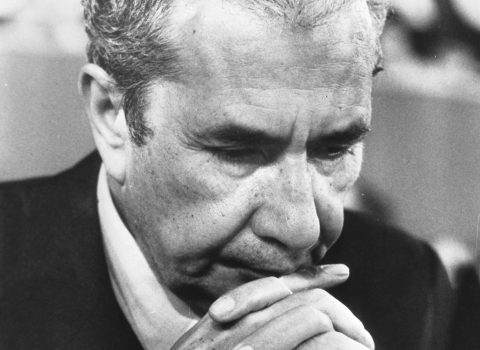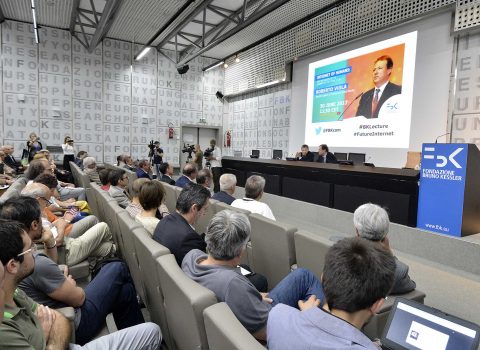AUDIENCES, FRUITION, IDENTITIES. SOCIAL HISTORY OF TV IN ITALY
Through diaries, letters, illustrated magazines and oral memories, the historical reconstruction of television audience through the changes of the 1950s and 60s
The coming of television in Italy and the first twenty years of RAI programs, the only concessionary at that time, have mirrored and at the same time forged Italy.
On January 3, 1954 television shows start and from then on the TV experience in Italy will be devastating as far as speed of development, audience and social impact are concerned.
RAI benefited from an ad-hoc regulatory and financial framework that, while favoring its rapid development (thanks to the boom of subscriptions), allowed the dominant political class, along with the Catholic Church, to have easy and complete control over it.
On Thursday, June 29, 2017, the historian of information Damiano Garofalo (University of Padua and Rome), at the invitation of ISIG, held at FBK the seminar “Pubblici, consumi e identità. Per una storia sociale della televisione in Italia” that is part of a cycle of meetings designed to foster discussion and scientific exchange between contemporary history scholars.
Using as a case study the social and cultural history of the early Italian television (1954-1969), the seminar aimed at analyzing the consumption of television among the working class in Italy in the 1950s and 1960s. Starting from the origins, using a series of exemplifying sources such as diaries, letters, illustrated magazines and oral memories, a history of television audiences was traced through the changes of the “big boom” society, overturning the usual hierarchical perspective that have characterized the studies on Italian television, constantly focused, from an eminently political perspective, on the broadcaster rather than on audiences.
This history of television in the so-called educational mission of Rai coincides with a period of major political-economic transformations for the country (in those same years, democracy in the young Republic is coming to life). Television, like any mass medium, therefore imposes new listening habits, modifies the role of other media, and ultimately gains a dominant position.
In the short VIDEOS, we collected the discussion with ISIG historians on the topics of major interest: Enjoy!


